Historic Haile Homestead
Over 12,500 words are scrawled across each room of this historic plantation house and no one knows why.
The walls of the Haile Homestead, one of Florida’s last antebellum homes, are covered in the thoughts, notes, and general scribbling of the eccentric clan.
Built in 1856 using enslaved laborers, the home sat on the family’s 1,500-acre cotton plantation known as Kanapaha. The plantation successfully operated for decades, before the house and land were left dormant sometime in the 1930’s. It was not until an intrepid movie producer rediscovered the property that the strange contents of the home’s interior were revealed.
It seems that the entire Haile family (Thomas Evans and Serena Chesnut Haile had 15 children) had taken up the odd habit of writing everything and anything on the walls of their home. Nearly every room is covered in doodles, lists, notes, and journals. Altogether over 12,500 words describing recipes, the guest lists of parties, growth charts, domestic inventories, and essentially any other type of record one might think of. The strangest part of all is that no one seems to know for sure why they did it, though docents suggest it was possibly due simply to a lack of paper.
Thanks to a State of Florida grant, the Historic Haile Homestead was refurbished and restored as a historical site in the 1990’s and is currently open to visitors. The wall writings have been preserved in their original state, so any guest who is willing can try to decipher the family’s strange compulsion, though the walls were formally transcribed in 2001.
Know Before You Go
Open only on Saturdays (10 a.m.-2 p.m.) and Sundays (12 p.m.-4 p.m.). Tours to visit the house occur at 15 minutes after every hour; $5 per person.
To extend your historical experience, make a visit to the family plot at the nearby cemetery. Kanapaha Presbyterian Church Cemetery is located just 2.5 miles away, off SW 63rd Blvd. Be sure to look for the gravestone of Bennett Kelley in the corner; he was an enslaved laborer who was so beloved by Serena Haile that she insisted he be buried in the family plot (despite it being a whites-only cemetery).

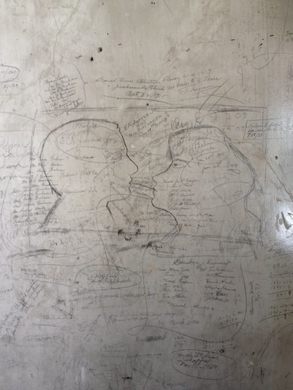

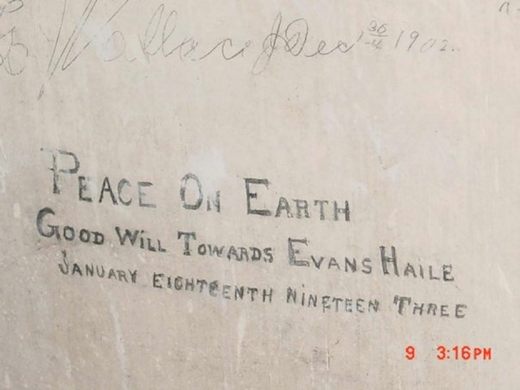







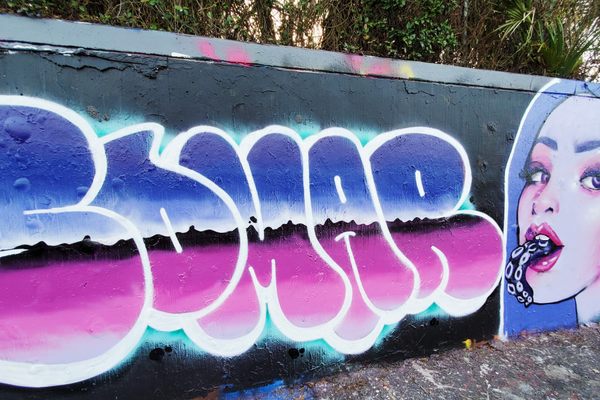


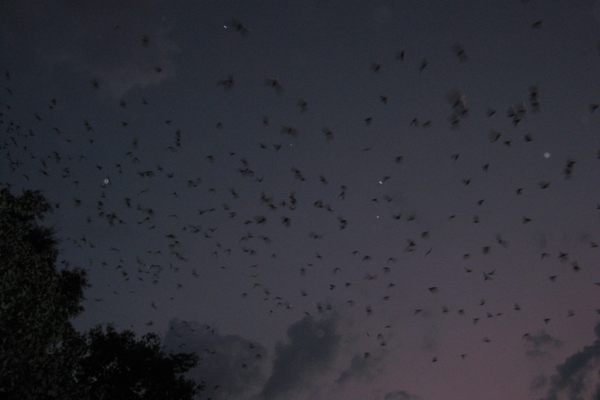
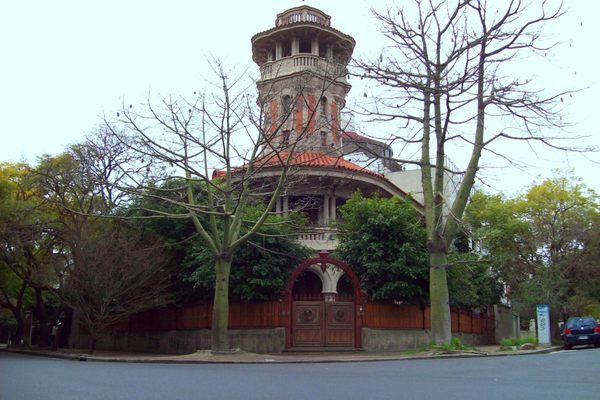
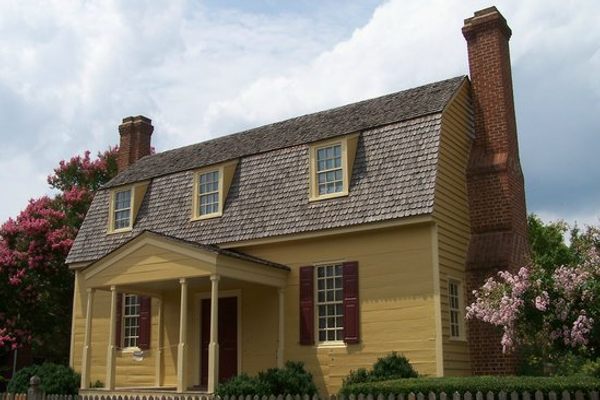




Follow us on Twitter to get the latest on the world's hidden wonders.
Like us on Facebook to get the latest on the world's hidden wonders.
Follow us on Twitter Like us on Facebook